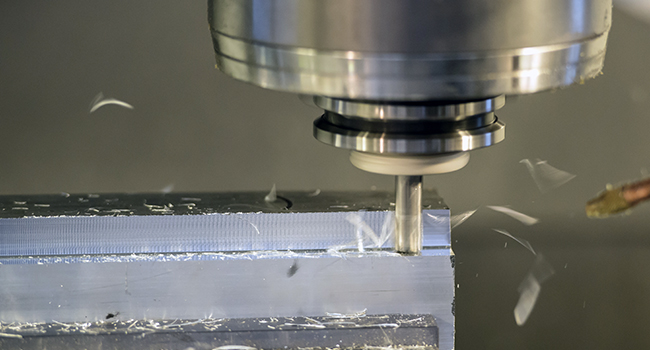
- English
- Español
- Português
- русский
- Français
- 日本語
- Deutsch
- tiếng Việt
- Italiano
- Nederlands
- ภาษาไทย
- Polski
- 한국어
- Svenska
- magyar
- Malay
- বাংলা ভাষার
- Dansk
- Suomi
- हिन्दी
- Pilipino
- Türkçe
- Gaeilge
- العربية
- Indonesia
- Norsk
- تمل
- český
- ελληνικά
- український
- Javanese
- فارسی
- தமிழ்
- తెలుగు
- नेपाली
- Burmese
- български
- ລາວ
- Latine
- Қазақша
- Euskal
- Azərbaycan
- Slovenský jazyk
- Македонски
- Lietuvos
- Eesti Keel
- Română
- Slovenski
- मराठी
- Srpski језик
CNC Routers vs CNC Milling Machines
2023-06-16
In short, CNC routers are most commonly used for woodworking, while CNC milling machines are used for metalworking. Gantry CNC routers are usually not as robust as CNC milling machines, as the milling machine is almost always made of heavy cast iron or steel construction. In contrast, a milling machine may have an aluminium, plastic or plywood frame. The following are some other key differences:

Design
Due to the way they are designed, CNC milling machines will always be a better choice for machining industrial grade hard materials, while CNC router will run well on wood, acrylic and soft metals. The CNC milling machine has a smaller footprint but its weight is concentrated in a smaller area. This mass gives the CNC milling machine rigidity and helps to dampen vibration when machining harder materials.
Range of work
Another difference between these two machines relates to their working area. As CNC router process wood, MDF, plywood and aluminium, they require a large cutting area. CNC milling machines, on the other hand, have a smaller cutting area than CNC router because they have to cut thicker and heavier metal parts, and the smaller stroke helps them to remain rigid.
Cutters
While CNC routers use router bits for cutting, shaping and engraving in woodworking, CNC milling machines mainly use end mills (shaped a bit like a drill) for high-precision cutting, shaping, grooving and profiling. Router bits and end mills have different numbers of slots, either straight or spiral, and the slots can be ground to a specific angle. Both types are available in different sizes and shapes and are usually carbide or HSS.
Due to the Z-axis limitations of CNC routers, router heads will be significantly shorter than the end mills used for milling operations.
Materials
You will find that the materials that can be handled by each machine vary considerably. CNC milling machines are built to handle almost any material. Although it may be impractical or undesirable to machine a specific material on a milling machine, they can still run that material.
On the other hand, CNC routers are designed to cut soft materials, like wood, foam, plastic, and aluminum, and they will cut them faster than the mill as long as they are not too thick. Thicker and tougher materials—for example, stainless steel, cast iron, carbon steel, and titanium—are meant to be machined on a CNC mill or CNC lathe, if appropriate.
Speed
CNC routers have significantly higher revolutions per minute (RPM) than milling machines, which means that routers can run at higher feed rates and offer minimal cutting times. However, the higher output comes with a huge caveat: routers cannot handle hard materials and cannot cut as deep as machining centres, so they will be limited to working on softer materials and thin sheet materials.
Accuracy
Even the best CNC routers cannot match the accuracy of CNC milling machines, so mills are best suited for machining parts with high accuracy requirements and tight tolerances. The fixed table design of the router results in some of its lower accuracy capabilities. However, it is mainly the rigidity and limited range of motion of CNC milling machines that allow them to cut more accurately. In addition, the milling machine's tool tip configuration allows them to machine complex shapes.
Cost
Another difference between the machines is their price. While you can get a benchtop milling machine for a few hundred dollars, full-size industrial CNC milling machines start at around $15,000 and can go up to over $100,000.
CNC milling machines start at less than $13,000, while some of the larger 5-axis machining centres cost $350,000 and upwards.



